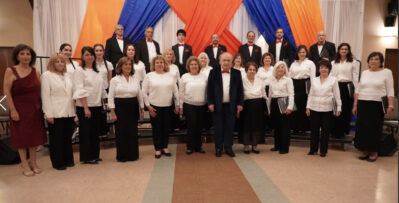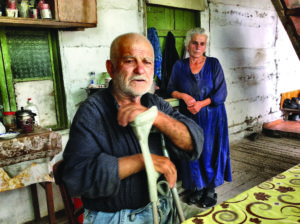By Alin K. Gregorian
Mirror-Spectator Staff
WATERTOWN — People in Karabakh, according to HALO Trust, the world’s largest humanitarian mine-clearing organization, are more likely to be the victims of landmines than the inhabitants of almost any other country. And a third of the victims have been children.
HALO Trust has been clearing landmines in Nagorno Karabakh (Artsakh) since 2000.
Now, the group, according to Andrew Moore, HALO’s regional director for the Caucasus and the Balkans, has launched a crowd funding campaign for the first time ever to clear the last minefield in the village of Myurishen, Martuni Region. The goal is to raise $30,000 for that one particular field which measures 1.8-acres and is land that can be used for grazing or gathering wood, near which 500 people live with their livestock and animals.
“This is the first year that there have been no fatalities in Karabakh,” Moore said. He cautioned, however, that fall planting is exactly when accidents can happen as farmers plow or move their livestock.








